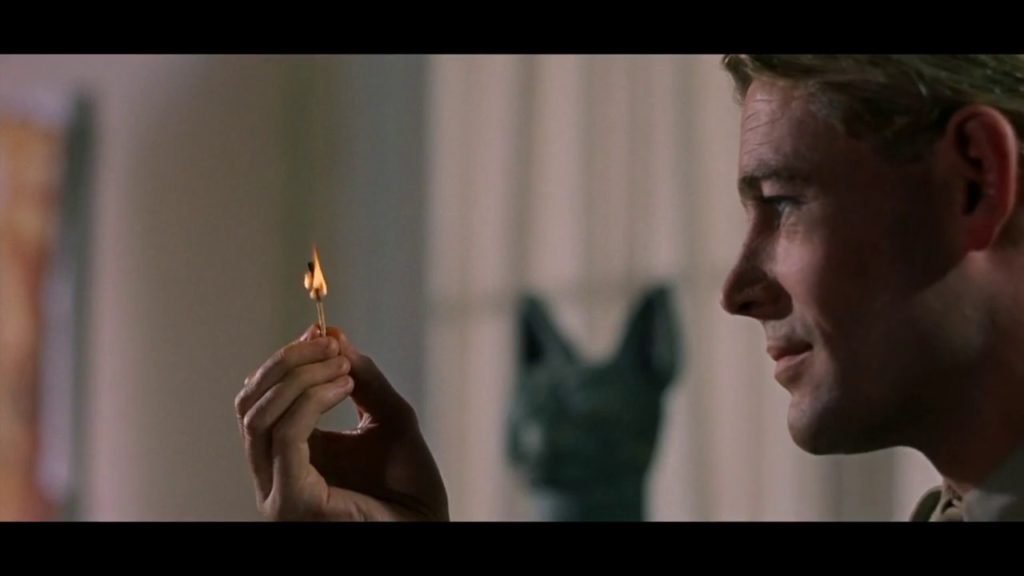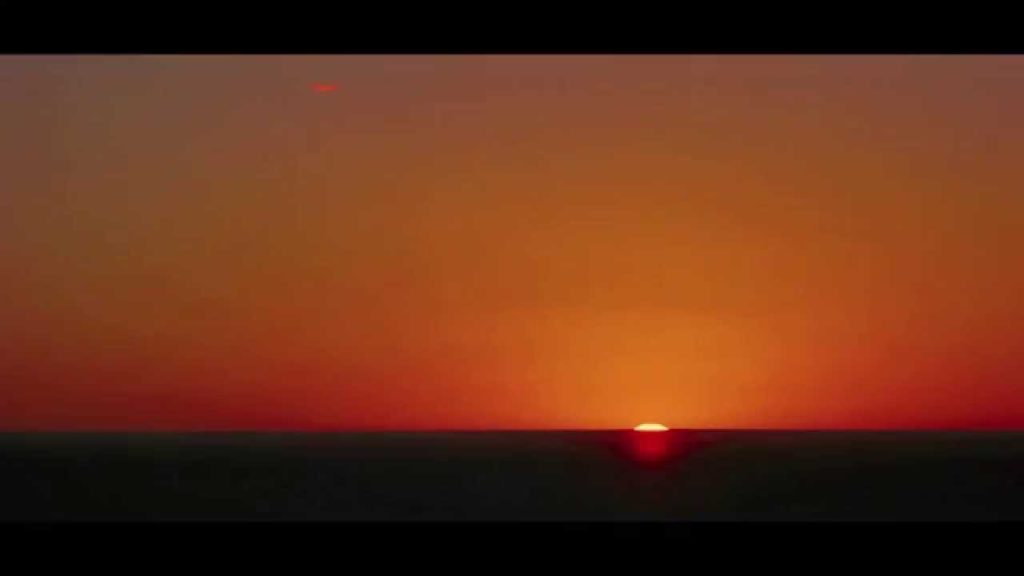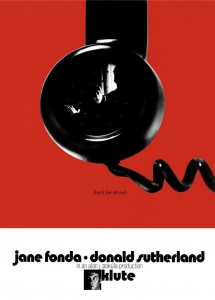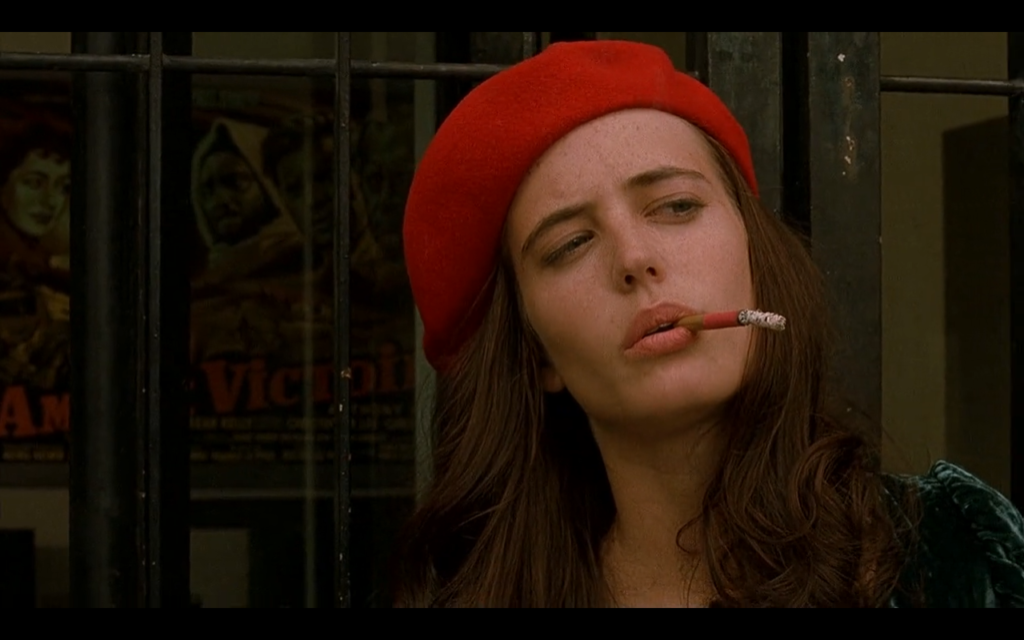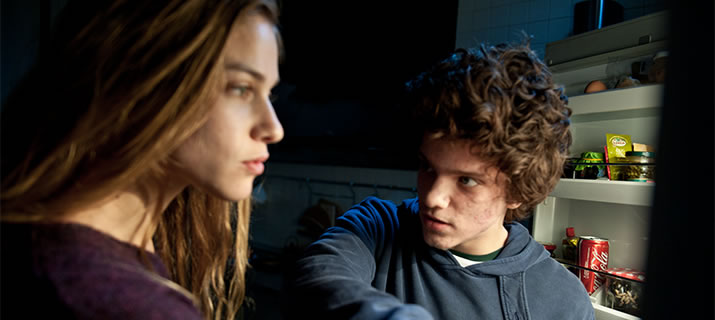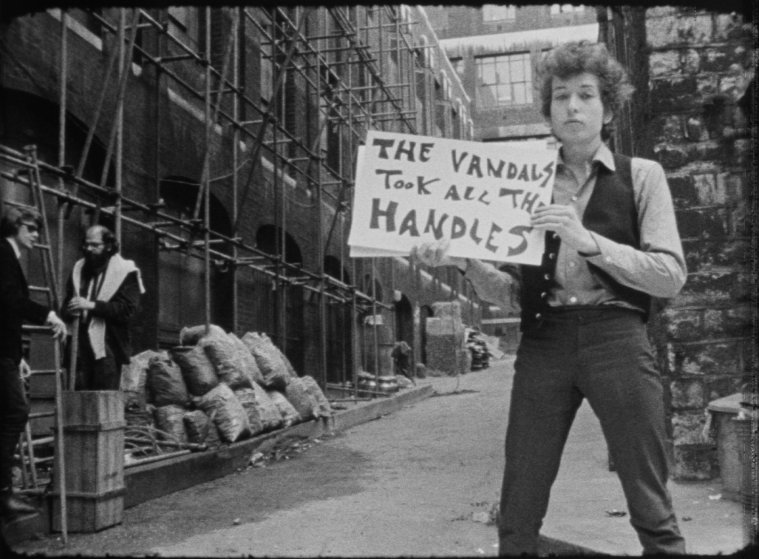
The filmmaker D.A. Pennebaker made the best ever and most influential concert film (Monterey Pop) and the best political campaign documentary (The War Room). And he invented the music video at the opening of his Don’t Look Back, as Bob
as Dylan holds up cards with the lyrics for Subterranean Homesick Blues.
The pump don’t work
‘Cause the vandals took the handles
Has there been a greater director of movie musicals than Stanley Donen, the director of Singin’ in the Rain? I’m generally not a fan of musicals, but I love his first film; in the 1949 On the Town (Gene Kelly, Frank Sinatra and Jules Munshin are sailors dancing away their shore leave through NYC) and his 1958 Damn Yankees (the Gwen Verdon version). Seven Brides for Seven Brothers in 1954 wasn’t bad, either.
Writer-director John Singleton was the youngest person ever nominated for the Best Director Oscar (for Boyz in the Hood) and the first African-American.
Bernardo Bertolucci, the Italian writer-director was most renowned for The Conformist (1970), Last Tango in Paris (1972) and the 9-Oscar winner The Last Emperor (1987). I actually prefer Bertolucci’s more recent work, beginning with the underrated The Sheltering Sky (1990) with John Malkovich and Debra Winger. I thought that his The Dreamers was the best film of 2003.
Director Franco Zeffirelli is best known for his Shakespearean adaptions, especially the lushly romantic 1968 hit Romeo and Juliet, in which he cast actual teenagers in this story of impulsive teen love. I think his most everlasting achievement should be the 1977 TV mini-series Jesus of Nazareth, which remains the screen narrative that is closest to Biblical accounts of the life of Jesus. Jesus of Nazareth may be streamed from Amazon (included with Prime), iTunes, YouTube and Google Play.
The composer Michael Legrand, who won three Oscars, should be best remembered for his work in The Umbrellas of Cherbourg, a film where every line was sung. Legrand wrote the music for Umbrella’s iconic song I Will Wait for You.
Robert Evans began his Hollywood career as an actor in pretty boy roles, but was astute enough to see his future as a Suit. He was the studio exec who greenlighted The Godfather and produced Chinatown. He even narrated an irresistible documentary about his career, The Kid Stays in the Picture, which can be streamed from Amazon, Vudu, YouTube and Google Play.
Mark Urman, a publicist and the executive producer of Monster’s Ball, founded the indie distributors ThinkFilm and Paladin. Urman gave mainstream audiences the chance to see the Oscar-winning documentaries Born into Brothels and Taxi to the Dark Side.
Musician Dick Dale, known as the King of the Surf Guitar and the Father of Heavy Metal, contributed his Misirlou to one of the most iconic opening sequences in cinema: Pulp Fiction. His music also underscored the crazy surf scene with Kurt Russell, Peter Fonda and Steve Buscemi in Escape from L.A.

